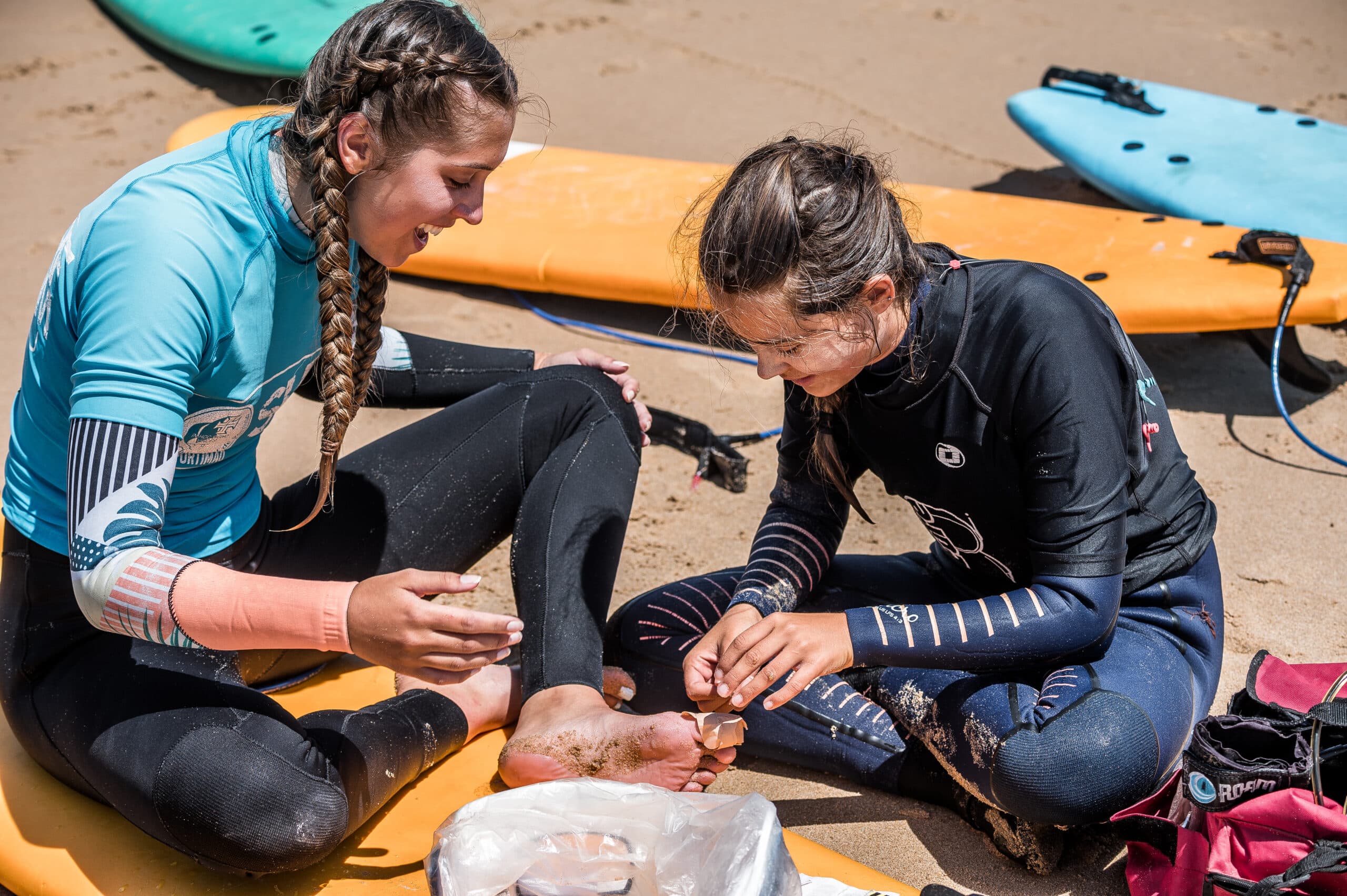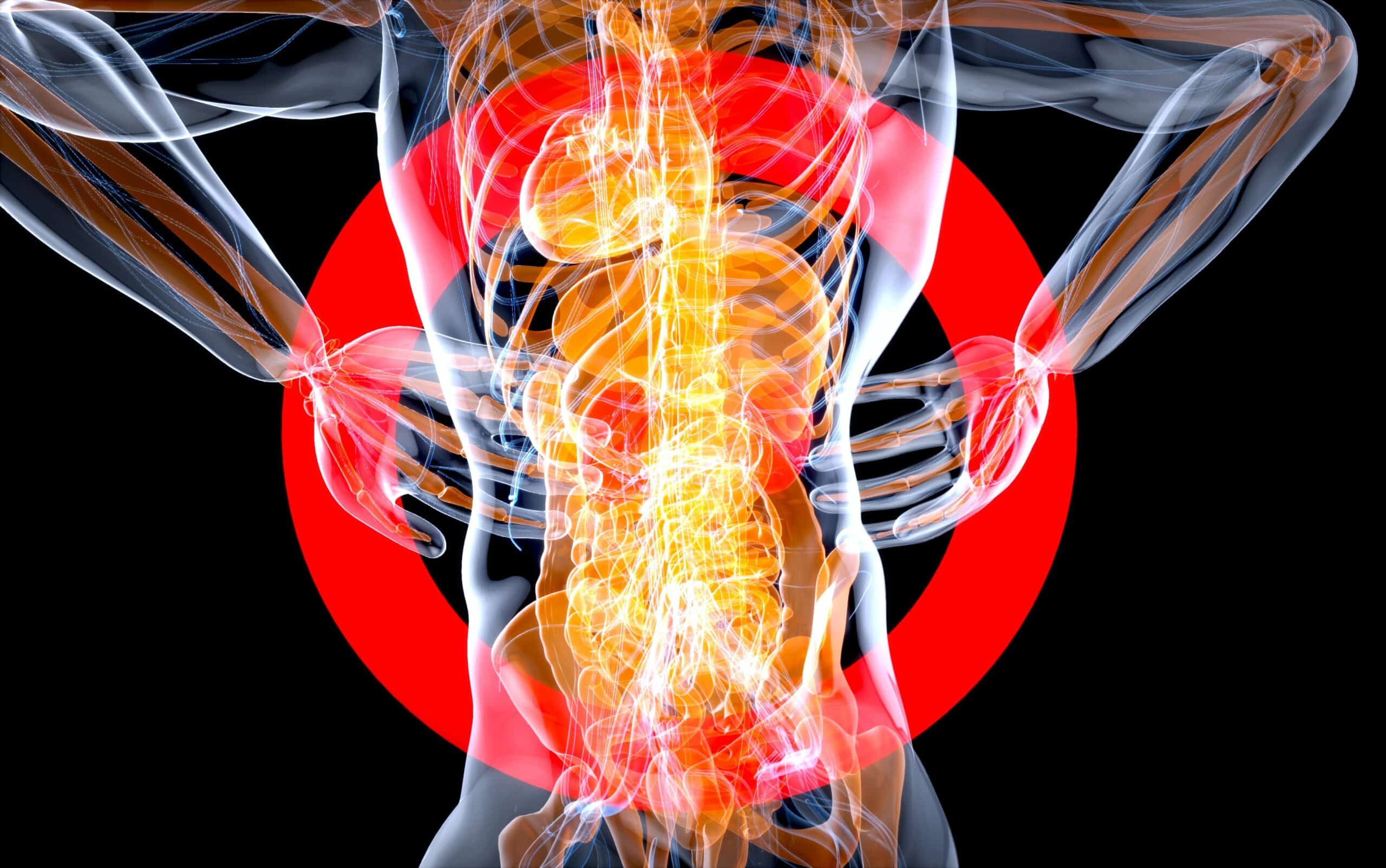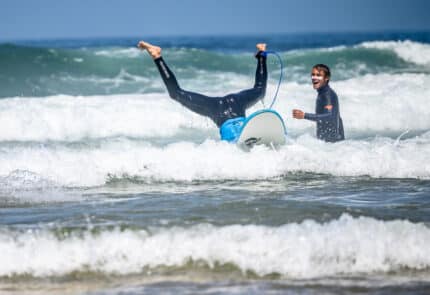5 common injuries of surfing and how to prevent them

Almost all of us who surfs regularly have already suffered at least one injury or two. As the years go by our body also gets a bit more rusty and needs to be taken care of in order to prevent injuries.
In the following article we are talking about the 5 most common surf injuries and ways to prevent them.
1, Surfer’s ear
Surfer’s ear (also known as swimmer’s ear) is a condition where the bone of the ear canal develops multiple bony growths called exostoses. Over time, this can eventually cause a partial or complete blockage of the ear canal. The condition is primarily caused by prolonged exposure to cold water or wind. Cold water surfers are six times more likely to get surfer’s ear than warm water surfers.
Prevention:
The best way to prevent surfer’s ear is to wear ear plugs while surfing.Other methods of prevention include wearing a hood or special headband that covers and seals the ears. Wearing ear plugs and a hood or headband together adds even more protection.
2,Shoulder Impingement
Your shoulder is a highly mobile joint that is powered and stabilized by a tube of muscles and tendons known as the rotator cuff. Tendons can get swollen or inflamed and become trapped or pinched between other structures in your shoulder, causing pain and potentially leading to other problems such as rotator cuff tears.
Prevention: The top cause of shoulder impingement is doing too much too soon. Make sure that you are physically prepared before your surf sessions , especially if you have skipped a long period. keep yourself fit with yoga,pilates or gym exercises. At the beach, always do a proper warm up and stretch at the end.

3,Back Sprains & Strains
Paddling in a prone position can make a destruction, especially on your lower back. Twisting actions can also put strain on the muscles and structures of your back.
A strain is an injury to either a muscle or tendon. Tendons are the tough, fibrous bands of tissue that connect muscle to bone. With a back strain, the muscles and tendons that support the spine are twisted, pulled or torn.
A sprain is the stretching or tearing of a ligament. Ligaments are the fibrous bands of tissue that connect two or more bones at a joint and prevent excessive movement of the joint.
Prevention:
It is not possible to prevent all back injuries, but you can take some steps to help lower the risk of a sprain or strain:
- Eat a healthy, well-balanced diet to keep your bones and muscles strong.
- Maintain a healthy weight. Excess weight puts added stress on the structures of the lower back.
- Exercise regularly, including stretching, to keep your joints flexible and your muscles in good condition.
4, Hip Flexor strain
When you are surfing, your hip naturally rotates toward the back foot, putting a strain on the hip flexor tendon at the front of your pelvis. The ‘pop up’ action can make this more painful.
Prevention:
The best way to prevent hip flexor strains is to stretch and warm up before exercising. Increasing your overall flexibility will also protect your muscles from future injuries. The more flexible you are, the more room your muscle fibers have to stretch before they begin to tear.
5, Ankle stiffness
Particularly common in surfers, this inability to squat deep into your turns is often caused by old injuries such as an ankle sprain, fracture or surgery. The ligaments and tendons around your ankle can get tighter as a result of scar tissue building up. Ankle stiffness can lead to other problems such as torn tendons or tendonitis.
Prevention:
Warm up. Do ankle stretches before you hit the waves. Make sure that your tissues are strong enough to hold your bodyweight on bigger turns too. Strengthen them with specific exercises and scratches.
If you have sustained an injury through surfing, it’s important to get a specialist diagnosis before you embark on any treatment.




